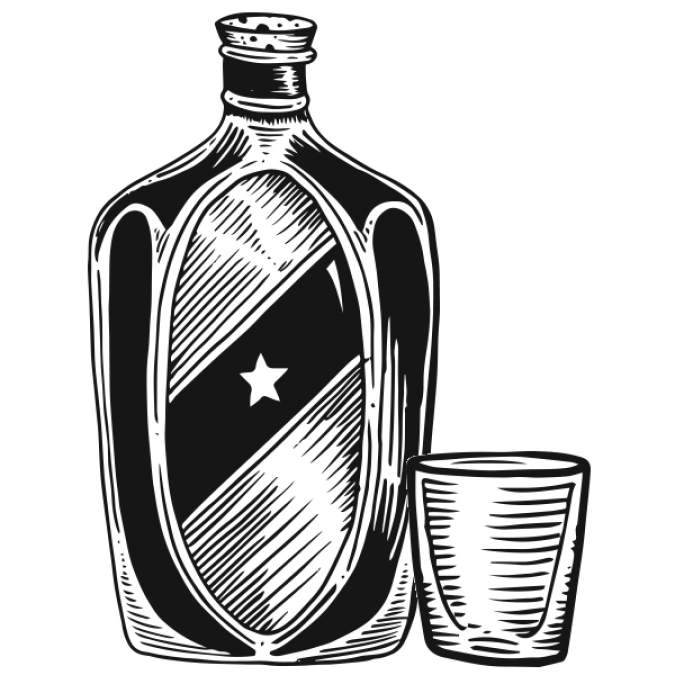The craft-spirits trend has largely been a boon to bartenders, providing an expanded palette with which to create drinks and helping to generate customer interest in and appreciation for quality cocktails. Yet a quiet conflict is brewing as the interests of the distiller and the bartender begin to deviate just a tad.
After all, as a bartender you want to know that every time you pour a shot or mix a cocktail, your ingredients will taste the same. Sure, there’s some variation in citrus quality or simple-syrup ratios, but when it comes to booze, we trust that each bottle is going to taste the same. Yet at the craft level, this just isn’t true.
This ambiguity hit home for me at a recent mezcal tasting. The distiller was explaining that because they use an antique pot still and do several different distillations a year, each individual batch can taste quite different, with slightly different alcohol levels. He was quite proud of this, and as a way to stay true to the roots of Oaxaca, I certainly understand. Yet as a bartender it was maddening: How could I recommend a spirit that could easily differ from bottle to bottle? If each one tastes different from the last, how can I build a cocktail around it, or even recommend it with full confidence to a guest?
While few distillers take it to that extreme, there’s plenty of tinkering and change going on in the craft-spirits industry. Some of that is natural: Local distillers have had only a few years to refine and hone their wares, and as they learn more, they naturally want to make improvements.
That’s not to say that I want to return to the days when only mass-produced spirits were available, but there are ways in which those days were a lot easier. Sometimes it goes unnoticed, but as a craft-cocktail bartender, you’re expected to know about a wide range of spirits, from classic base liquors to some of the more exotic liqueurs. Add to that dozens, if not hundreds, of cocktail recipes, and the amount of raw data bartenders need to hold in their heads is staggering.
Collaboration between distillers and bartenders is still infrequent. While we’re often the fiercest advocates for local spirits, more effort needs to be made on both ends to ensure that quality and consistency remain a long-term goal for the industry. I love few things more than introducing my guests to a unique and interesting local product, and I’ll continue to do so as long as what’s in the bottle remains something I can believe in.
thebarcode@seattleweekly.com






